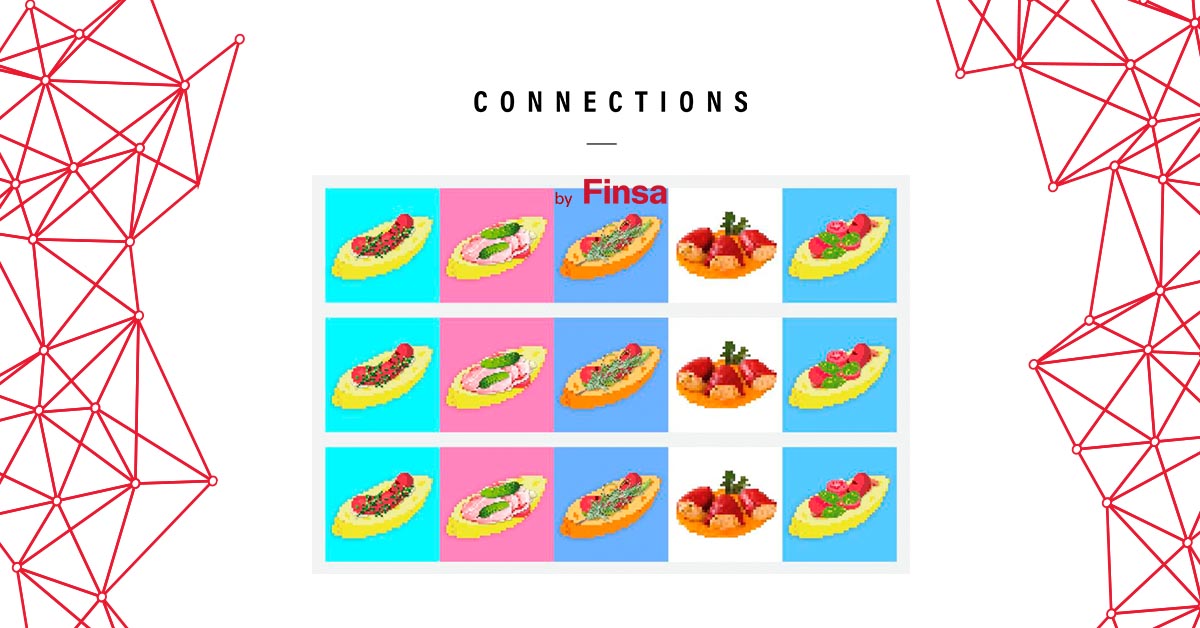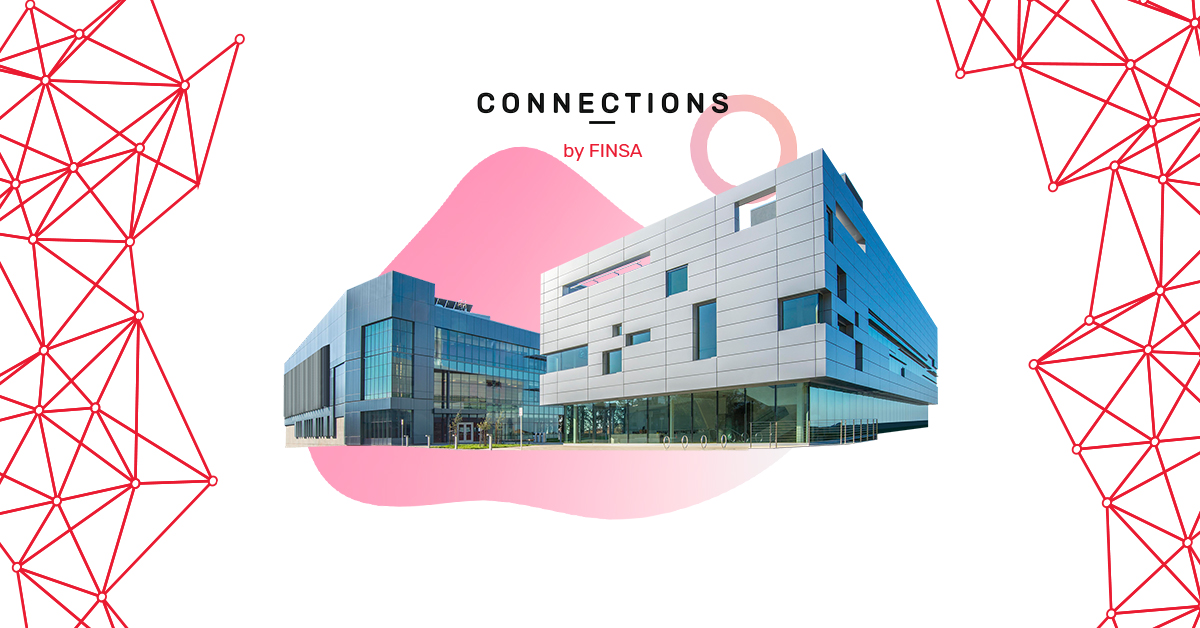Interior design plans are being increasingly influenced by digitalisation, be it just a part of the project or the whole thing. The metaverse offers new ways of linking the story of a space with how it interacts with people, resulting in a more extensive multisensory experience. Restaurants won’t be left behind in the digital revolution, even if they are tied to the physical act of eating.

Using a list of three hundred digital solutions published in the Restaurants of the future report from Basque Culinary Center, as well as the advice of the Center’s Head of Digital Transformation, Erich Eichstetter, we’ve chosen ten interior design tips that you should keep in mind when it comes to digital culinary spaces:
- Digitalisation of restaurants will happen in five years’ time, or as soon as devices like augmented reality headsets become lighter and more affordable. That’s when there will be more content like sculptures, signage, and digital characters. Have faith, because it will be just like when the internet was first made available or when everybody started using social media. Just start by considering the following issues.
- Physical spaces won’t undergo any major changes. If anything, opportunities to instigate virtual interactions in certain spaces, using NFTs and cryptoart for example, will be valued, which is why interior design should act as a blank canvas onto which these things can be projected.
- Smart growing boxes will become very popular indoors, with apps that allow you to follow their progress. Cooking will include the production of vegetables, insects, fungi, and microalgae.
- Induction surfaces: what might look like a kitchen bench at first glance will actually be hiding an integrated induction cooking system that will include a projected interface and be able to act as a source of power for compatible electric utensils.
- Quick and easy redistribution of interiors: influxes of people will be shown on heat maps, pointing out when there might be opportunities to reorganise spaces for both clients and workers.
- Hybrid tables at which more and more people can take a seat using augmented reality headsets. These can also be used for training sessions or laying out processes prior to an in-person staging.
- Food passport: a blockchain system that will allow people to do things like create a record of their personal likes, reserve spaces, gain exclusive access, or validate reviews from different digital portals with the goal of avoid fake comments.
- Algorithms in the kitchen: search engines backed by big data will provide recipes by mining guests’ dining history thanks to their integrated food passports.
- Platings and tasting menus generated by artificial intelligence: Creativity in design will be supported by novel ideas.
- Digital contracts will be provided so that diners can participate in decision making, including donating a percentage of profits to certain causes, deciding how raw materials are used, and event planning.
Were you aware of these tips? Make sure you catch our upcoming article about digital restaurants and restaurants in the metaverse. We read all your comments when you use #ConnectionsByFinsa on socials.




